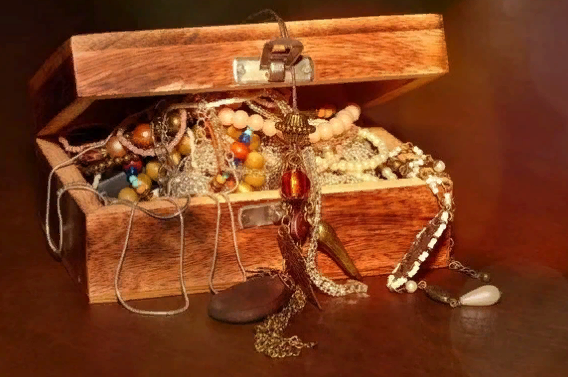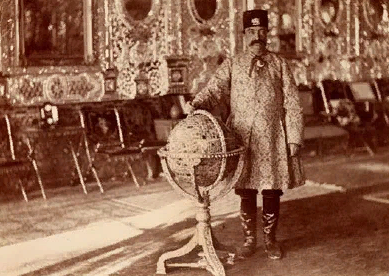When it comes to the East and the rulers of the East, we can imagine pictures that have formed in our minds under the influence of fairy tales - quaint buildings, luxurious carpets, chic clothes and treasures of unthinkable beauty. Here are the treasures (or rather, one of them) will be discussed in this article.

A huge collection of jewelry that once belonged to the Iranian shahs is kept in Tehran. And not just anywhere, but in the Central Bank, it was with him that the National Treasury was organized, and among the many different objects striking in their rich decoration, there is ... an academic subject. Namely - a globe. Compared to many other treasures, it cannot be called an ancient artifact, since the globe was made quite recently according to historical standards - in 1869. But the jewels of which it consists, again, evoke thoughts about the luxury of the eastern (in this case, the Persian) court and how many poor people could improve their living conditions with the funds that were spent by jewelers on the orders of Shah Nasser ad -Dina for an expensive "toy".

Made from 34 kg. pure gold, the globe is almost 110 cm high and 66 cm in diameter. On the surface of the globe there are 51 366 precious stones weighing more than 3.5 kg. Legend has it that so many ornaments were allegedly spent on a product only because there were too many of them in the shah's treasuries, and they simply did not know where to put these "stones". But this is just a legend. However, emeralds, sapphires, rubies, diamonds, spinels of various sizes and origins were provided for jewelers to work with. For example, 75 carats is the weight of the largest ruby on the globe, and 175 carats is the largest emerald. The last ones laid out the water component of our planet - the seas and oceans, the continents are marked with rubies and spinels. The globe support is made of pure gold and covered with jewels.
It was believed that the shah ordered the creation of the precious globe to teach his children geography. And the ruler had 42 of them! True, 18 of them died small.
Of course, the version about this globe as a textbook for children does not stand up to criticism. The jewelers led by Ibrahim Massihi interpreted geography too freely. The outlines of some countries are difficult to recognize. So the globe is just a very expensive toy, designed to once again demonstrate to foreign guests the wealth of the Shah's court.